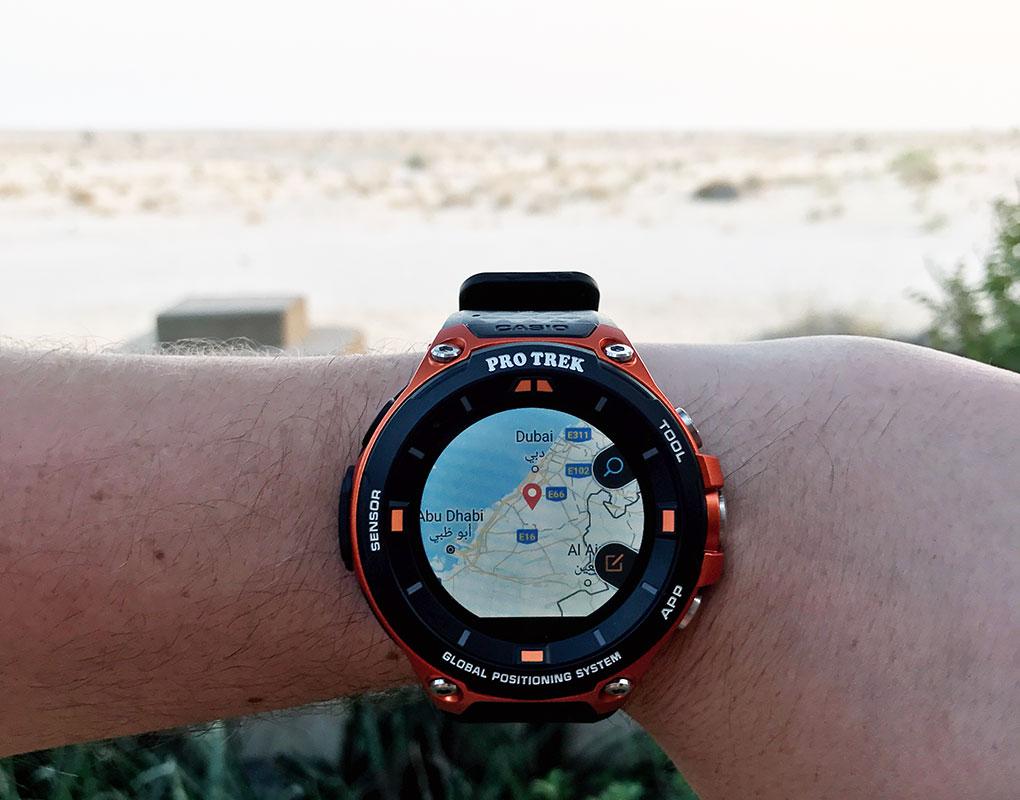Watch aficionados can be excused for thinking Zenith has lost its way over recent years. But now – with the larger-than-life Jean-Claude Biver taking a more active role (he who pretty much created Hublot, saved TAG Heuer and now looks after all watches in the LVMH stable) – its latest timepiece is a return to form for the historical watch marquis.
Let’s start with what this watch isn’t. It’s not a crazy partnership with the likes of The Rolling Stones, or a manufacturer of cigars. It’s not a watch made out of a space-aged alloy, or with any other technical ‘quirks’ to help market it to a larger audience. And it’s not a re-skinned version of another watch that was released last year.
So what is the Zenith Defy Lab then, and more importantly: what does it represent?

First, the new watch is all part of a more cohesive approach to watchmaking from LVMH. The Defy Lab is a collaboration between the highly-celebrated Le Locle manufacture, the research and development department at Hublot, and Guy Semon – the CEO of LVHM’s Watch Division development which is based at TAG Heuer.
The results of this collaboration is the Zenith Defy Lab, a timepiece that is being compared to the legendary El Primero movement that Zenith unveiled in 1969. The El Primero is highly thought of in watch circles because it was the first serially-produced chronograph that was capable of measuring to a/10th of a second (only possible, as it had a higher-than-normal oscillating frequency of 5hz).

The Zenith Defy Lab houses an oscillator that beats at 15hz, which is ten times more accurate than the original El Primero. This is all possible thanks to a revamped movement dubbed the ZO 342, along with an entirely new regulating system called the Zenith Oscillator.
BONUS: Introducing the MB&F Octopod Clock
For horologist nerds, the new Oscillator replaces the coupled balance and hairspring, which was first developed by Christiaan Huygens back in 1675 (so it was probably due for a reinvention).
The Oscillator is made from monocrystalline silicon, with only two components (the El Primero used 30 in its traditional balance system). The use of silicon removes the need for lubrication, which also produces less friction – meaning it can oscillate quicker and at far greater accuracy.

That means the Defy Lab boasts three class-leading features. It’s chronometer certified (by the International Bureau of Weights and Measures. It has thermal and anti-magnetic properties that meet criteria laid-down by the International Organisation for Standards. And as Zenith puts it, “This mechanism opens up a new dimension, representing no less than a reinvention of the Huygens principle with another mechanical watch”.
The Zenith Defy Lab has a 44mm case made from patent-pending aluminium, developed by Hublot’s research and development teams. Called Aeronith, its 1.7-times lighter than aluminium and ten percent lighter than carbon fibre.

Now, the bad news. There are only ten unique pieces of the Zenith Defy, and all of them are pre-sold.
However, there is some hope on the horizon. Much like the El Primero was produced, then mass-manufactured, Zenith’s ultimate aim is to do the same with the Zenith Oscillator movement.
Here’s hoping that process happens sooner, rather than later.
Get the Esquire Newsletter. Click here to sign up



